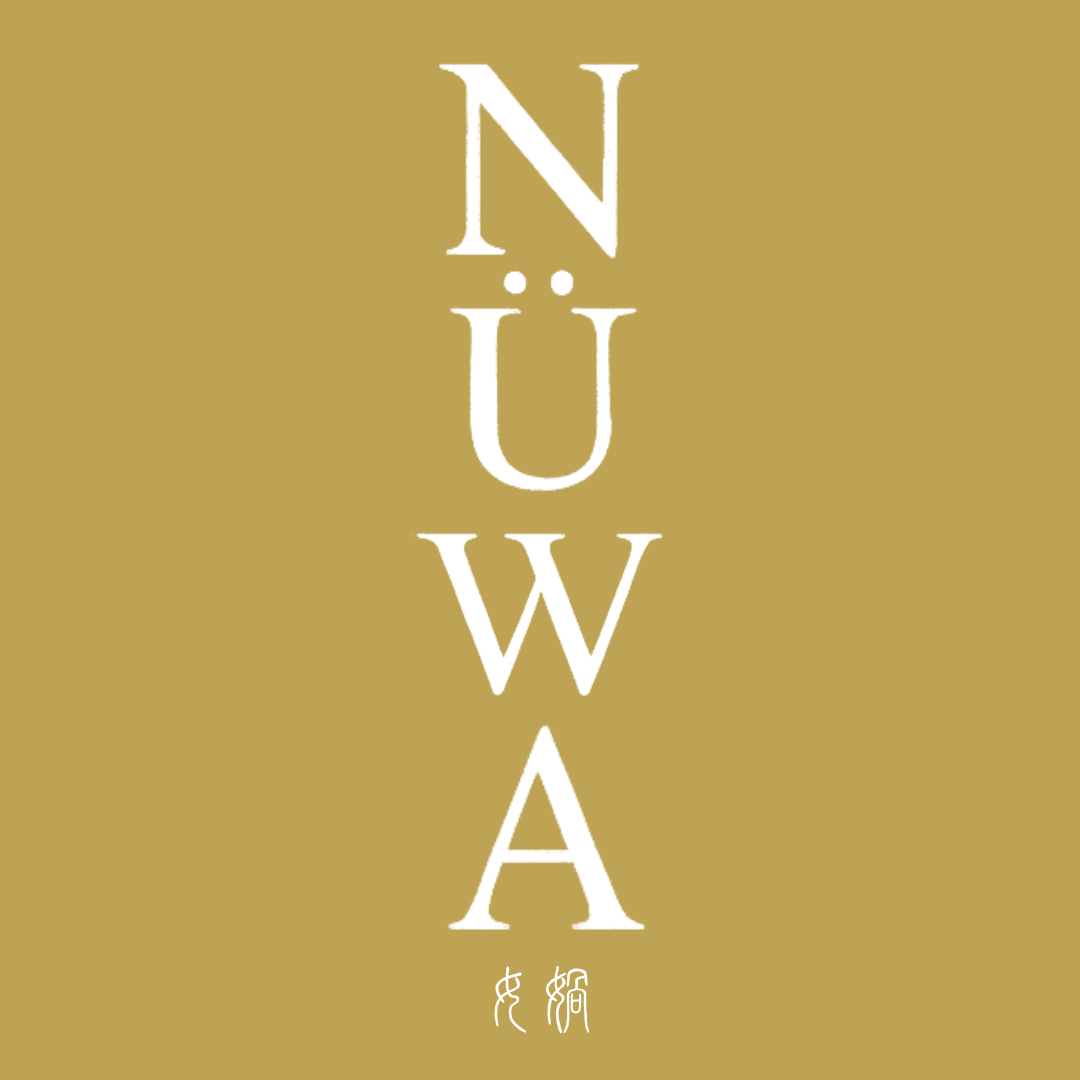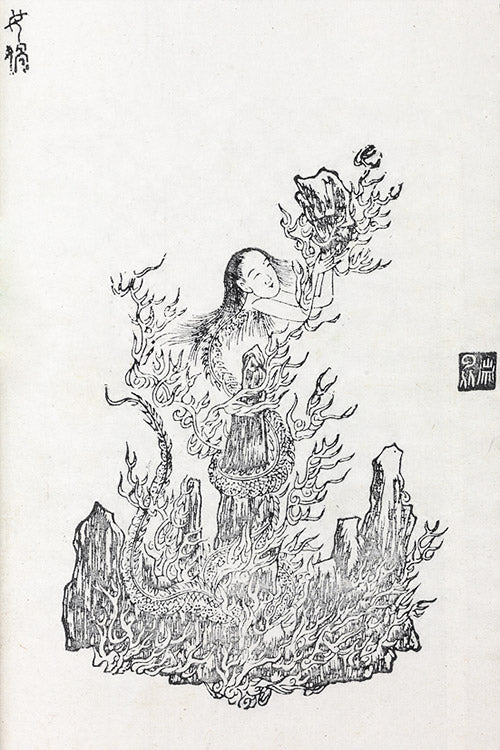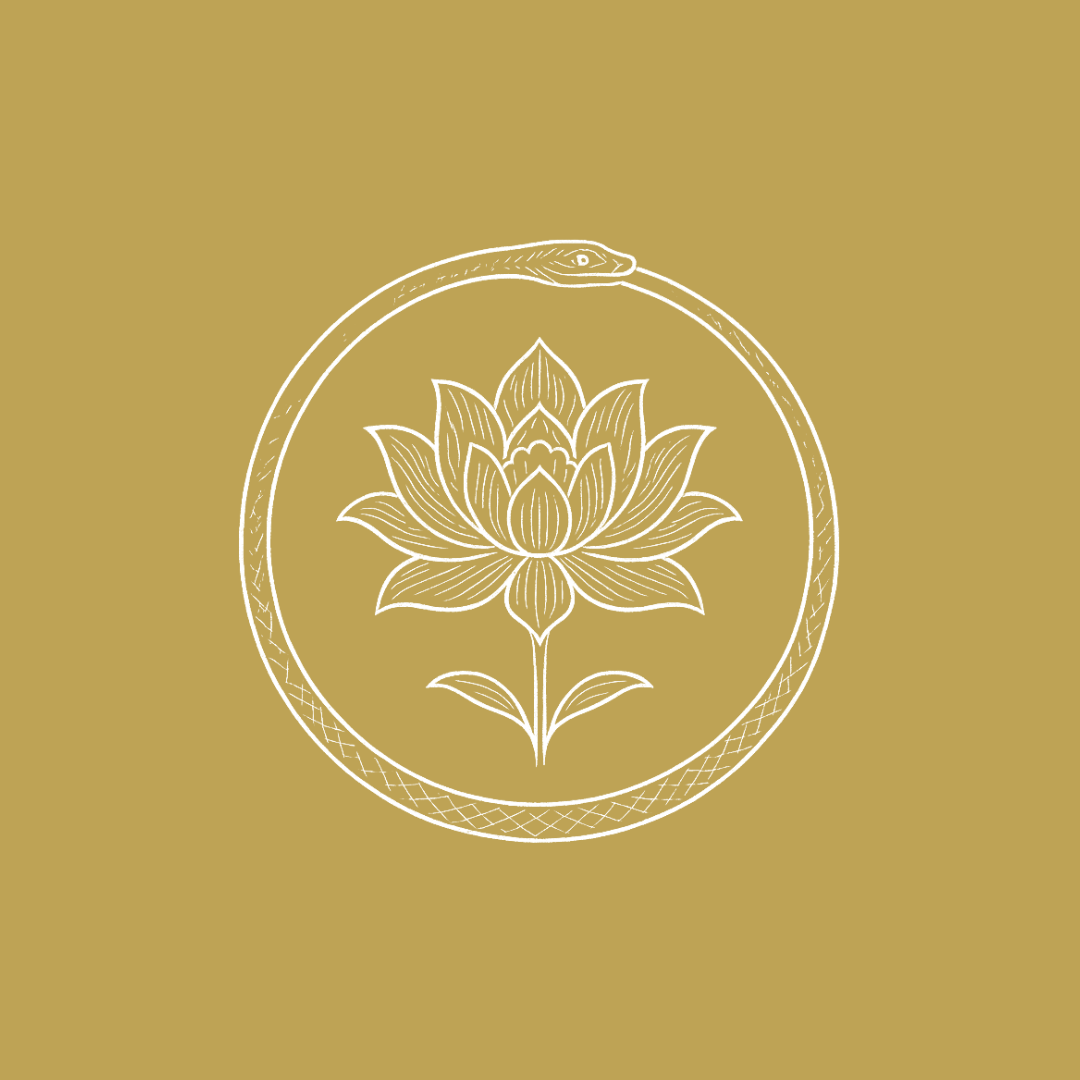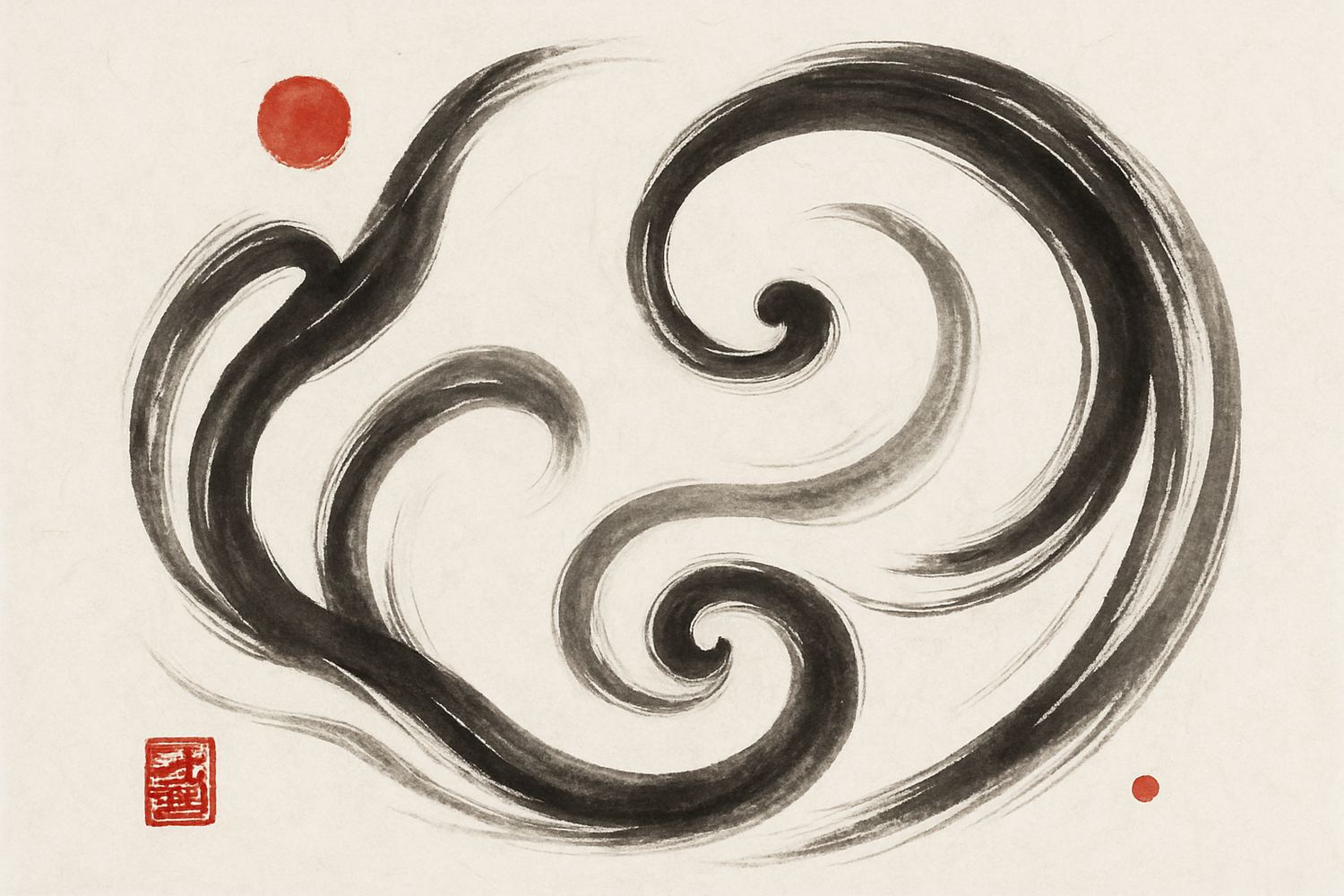NÜWA's Symbolism
Where Creation Meets Eternity: The Lotus Within the Ouroboros

Why NÜWA?
Written as 女娲 in Simplified Chinese and 女媧 in Traditional Chinese, we named ourselves after Nüwa 女娲, the ancient Chinese creatrix goddess.
According to legend, Nüwa molded the first humans from clay, and when the sky tore open, she repaired it with stones of five colors, restoring harmony to a broken world. She is the divine mother, the restorer, the healer. The one who holds it all together.
At NÜWA Apothecary, we see her as a mirror of the modern woman; The one who gives, rebuilds, and heals what has been cracked open in her body, her family, and the world around her.
A symbol of sacred repair, feminine creation, and resilience, Nüwa is at once a mother, healer, and builder of futures.
In choosing her name, we honor every woman who holds things together quietly, who gives and regenerates, who bears pain and brings forth life — not just biologically, but emotionally, cyclically, energetically.
She reminds us that healing is not a product. It’s an act of creation.
And that women have always held that power.

女娲炼五色石以补苍天,断鳌足以立四极,杀黑龙以济冀州,积芦灰以止淫水。
引自:《淮南子·天文训》,刘安著,西汉(公元前2世纪)
"Nüwa smelted five-colored stones together to patch up the azure sky, cut off the legs of a giant turtle to set up as the four pillars, extinguished wildfires, drained surging waters, and restored peace across the realm."
Liu An, Huainanzi, “Tian Wen Xun” (Discourse on Astronomy), Western Han Dynasty, 2nd century BCE.

Symbols of Rebirth, Renewal, and Sacred Care
Our emblem — a lotus blooming inside an ouroboros — holds the essence of NÜWA.
The lotus represents resilience, rebirth, and the quiet power of rising from the mud. It is the feminine principle in motion: cyclical, soft, strong.
The ouroboros, the ancient symbol of the serpent eating its own tail, speaks to regeneration, eternal return, and the wholeness of natural cycles — menstruation, birth, motherhood, aging, death, and rebirth again.
Together, they tell the story we are here to remember:
That healing is not linear.
That beauty and brokenness coexist.
That every ending holds the seed of beginning.

आतपशुष्कवनमादिवृष्टिभिन्नम्।प्रथमकुसुमसौरभहासकेतकीषु॥
कालिदासः। ऋतुसंहारः। प्रथमः सर्गः, पञ्चमः श्लोकः।
